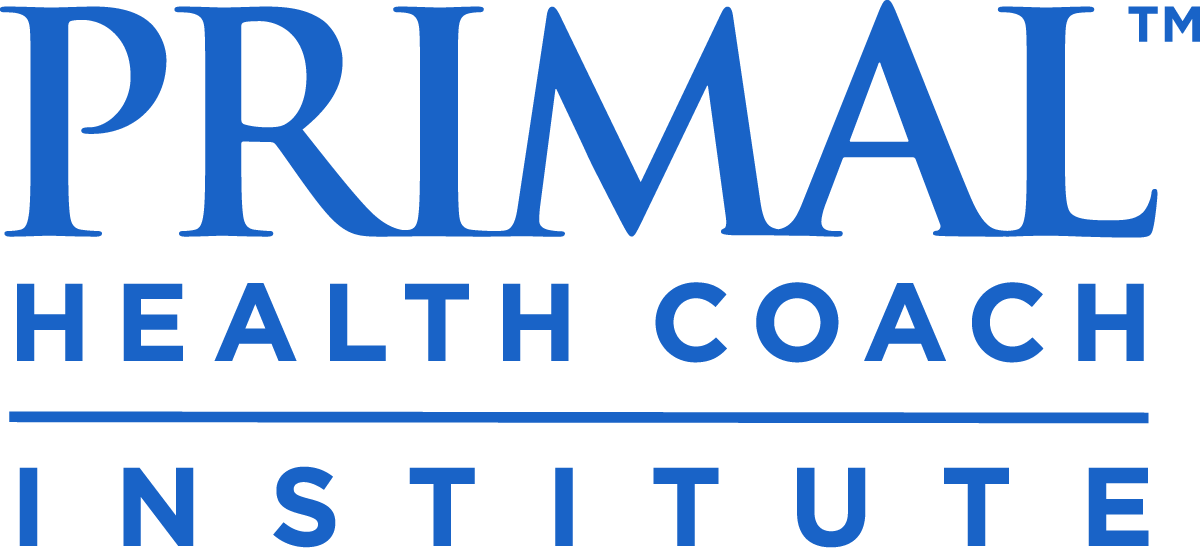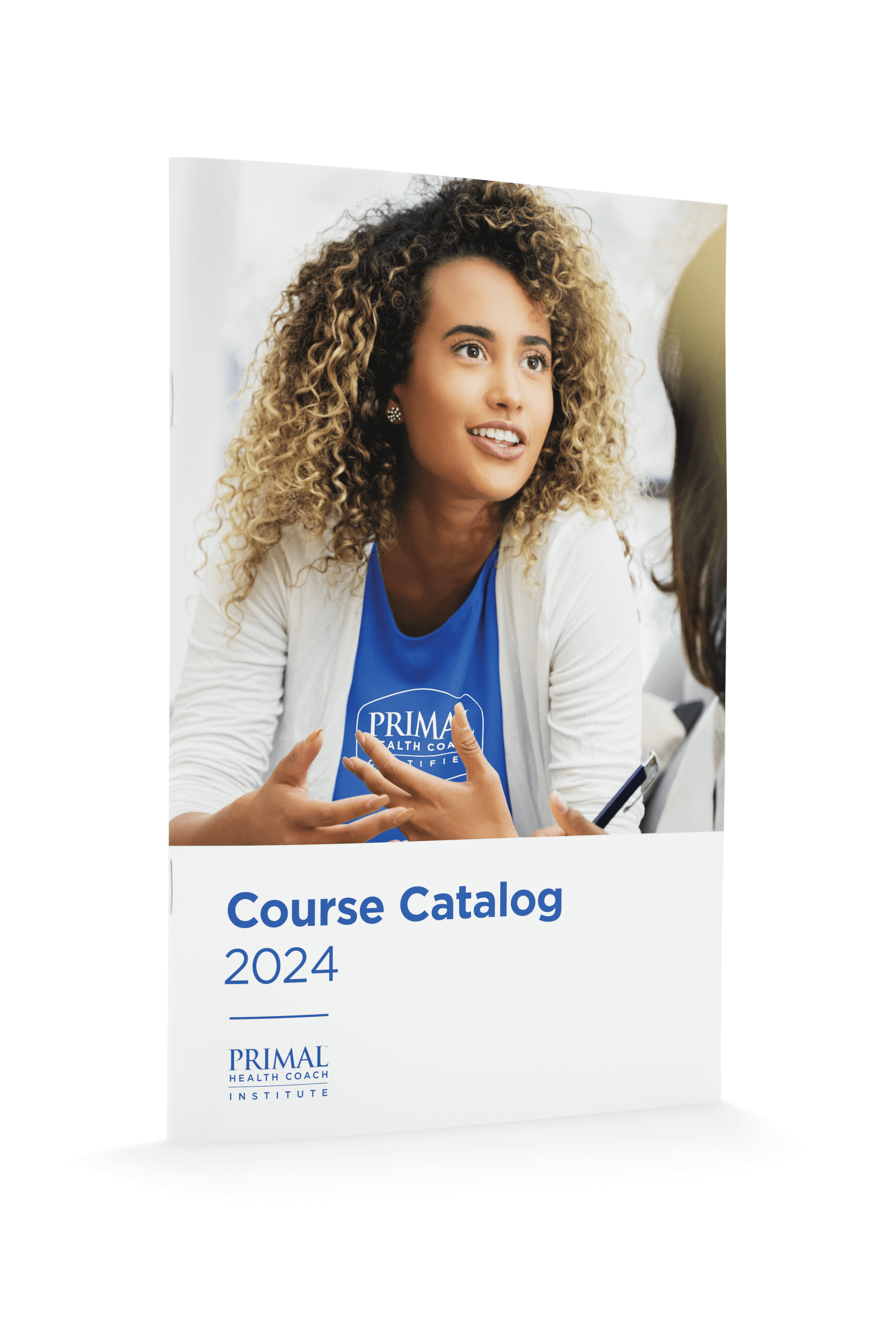
Email marketing is one of the most effective ways to reach your niche audience, even more so than social media. So, if you’re not using emails to nurture your relationship with potential clients and grow your health coaching business, there’s no better time to start than right now.
Over the past few weeks, we’ve talked about creating a freebie your audience will love and how to grow your email list once they’ve opted-in. In today’s post, I’ll be sharing 14 types of emails successful health coaches send their subscribers to keep them engaged—and take them from prospect to paying client.
Sign Up for an Email Marketing Service
Before sitting down to craft your welcome email or brainstorm subject lines, you’ll need to sign up for an email marketing service. This service makes your life easier by letting you build your campaign, automatically send your emails, and manage your subscriber lists (in addition to a whole lot of other things) all in one place. Many are free, and even the paid ones usually have a free trial so you can check them out before committing.
Create Your Strategy
Think of your email marketing campaign like starting a new relationship. You’ll want to tell your subscribers about yourself, ask them about themselves and their health challenges, and talk about some of your favorite things. The first few emails of the campaign are about relationship-building. Then, once you’ve built trust, you can feel good about promoting your health coaching services. Why? Because people are more likely to buy from someone they know, or at least feel like they know.
If you’re a student or graduate of the Primal Health Coach Institute, you’ve likely seen the specific email sequence we recommend in the curriculum. We even provide pre-written email templates that make it extremely easy to create your own campaign. Not enrolled yet? Our guide to the types of emails you should be sending your subscribers will get you on the right path.
1. Welcome Email
This is the first point of contact with your new subscribers, so take this time to thank them for joining your community and tell them a little about yourself. If you haven’t already provided a link for them to grab their freebie in your opt-in form, do it here. Also, be sure to send this email right away. It should automatically hit their inbox as soon as they subscribe.
2. “What to Expect” Email
You want to let your subscribers know what to expect from you. That means telling them how often you’ll be emailing them, what kinds of content you’ll be sending, and any other information that builds anticipation so they look forward to opening your emails down the road.
3. Tools & Tips Email
Is there an app you use to track macros? Do you have expert advice on pantry purging? Or maybe you have a meditation practice you start every morning with. This email is the place to share the tools and tips you use on a daily basis to stay healthy.
4. “How Can I Help?” Email
You might have good ideas about how to help your audience from your Discovery Calls and social media pages. But this kind of email gives you the opportunity to directly ask your subscribers what they think they need the most help with—just ask them to reply to your email with their answers.
5. Myth-Busting Email
There’s so much confusion in the nutrition and fitness space—and there’s a good chance your subscribers are overwhelmed by all the info. Use this email to dispel common myths within your niche. Not only will it help your audience get clarity on how to get healthy, it establishes you as an expert in your field.
6. Client Success Story Email
Instead of telling your subscribers what you do—show them. It’s a great way to build trust and prove you’re great at what you do. In the Client Success Story Email, you’ll highlight a client you’ve worked with who’s made huge progress under your care. Make sure to connect it back to how you can help your audience, like “You can do it too, just sign up for a session with me,” or “enroll in my upcoming workshop for results like these.” Of course, don’t forget to ask your client if it’s okay to feature them.
7. “Free Discovery Call” Email
You’ve just wowed your subscribers with the amazing results of one of your clients, now get them to take action! This email offers a free Discovery Call with you, and describes what’s included in that call. Add urgency by putting an “offer ends” date in the email, or let them know you’re only accepting a limited number of clients right now.
8. “Behind the Scenes” Email
Now that you’ve built trust with your subscribers, take the relationship to the next level by showing them what it’s like behind the scenes. Maybe it’s a video of you flipping tires in your backyard to show the benefits of lifting heavy. Or a detailed story about how you get your kids to help make primally-inspired dinners every night. While you don’t want to overshare up front, it’s great to peel back the curtain a little later on.
9. Exclusive Content Email
Reward your subscribers’ loyalty with exclusive content you’re not posting in other places like your Instagram, Facebook, or blog. And make sure they know it, too! This could be another eBook or guide you’ve created (that you haven’t shared elsewhere), or news about an upcoming class you’ll be holding with a special offer or discount for subscribers only.
10. Seasonal Email
Keep your content relevant by writing about things that are important during particular time frames. If it’s summer, share tips on eating primally on vacation or your favorite natural sunscreen. If the holidays are around the corner, talk about the best cold-weather workouts or a new Keto cookie recipe you’ve got on rotation at your place.
11. “Resend It” Email
Your email marketing service can show you which subscribers have opened which emails and what your campaign’s open rates are (that’s the percentage of folks who’ve opened an email). Got one or two emails that didn’t perform well? Consider changing the subject line and pre-header copy, but keep the meat of the email the same. This approach can help you see what works for your audience without having to come up with new content.
12. Repurposed Content Email
Speaking of reusing content, this email lets you showcase things you’ve written about in the past that would be valuable to your niche. Take a look at your recent Instagram and Facebook posts, or dig up a blog post you wrote last year. There’s a good chance many of your subscribers haven’t seen this content yet, and even though it might be old news to you, it’s new (and valuable) to them.
13. Testimonials Email
Whether it’s on your website, your blog, or in your emails, testimonials provide social proof, and position you as an expert. As you start to get more Discovery Calls and inquires, this kind of email can make the difference between your lead putting off their health goals longer, or booking a 6-month package with you on the spot. Just like in the Client Success Story email, make sure you tie it back to what’s in it for them (i.e. “You can feel 20 years younger, too”) to inspire them to take action.
14. My Favorite Things Email
Your email campaign provides tons of valuable content, and a list of your favorite things is no exception. You could share the grain-free recipes you love to make, your go-to brand of protein powder, or even your top playlist on Spotify. Sharing your favorite things deepens your connection with subscribers, plus it gives them genuine recommendations to add to their own lists of things they love.
Keep Best Practices in Mind
Now that you know the types of emails you should be sending, it’s important to keep these best practices in mind as you write them.
- Keep it simple. You’ll want to have one single message that offers something of value, and takes less than a minute or two to read.
- Make it personal. Don’t be afraid to share personal details about yourself so future clients feel like they’re getting to know you.
- Stay on brand. The personality you’ve created for your health coaching business (and that you use on your website and social media posts) needs to come through here, too.
- Include one CTA. While you might want your leads to schedule a Discovery Call, sign up for your next class, and download your Keto guide, you’re better off having just one clear call-to-action per email.
- Write a compelling subject line. Keep it conversational, relevant, and short. Asking a question works great, too.
- Make sure it works on mobile devices. Always preview your emails on different devices first to make sure they look as good on a phone as they do on your desktop.
- Proofread. After you’ve written your email, proofread it. Be on the lookout for typos, missing words, and missing images.
- Double-check links. There’s nothing more frustrating than broken links (just ask my editor). So it’s important to click through to the source you’re linking to after you’ve linked it.
Conclusion
Your email marketing campaign is a lot like a relationship, so use these examples and as a guide to establish and grow your connection with subscribers. Once they feel like they know you and your story, they’ll be more inclined to work with you.
Be sure to send your content regularly, too: weekly, bi-weekly, or however often you told your audience you’d be reaching out to them in your “What to Expect” Email. And, don’t forget to make it shareable by adding a Forward to a Friend link in every email.



